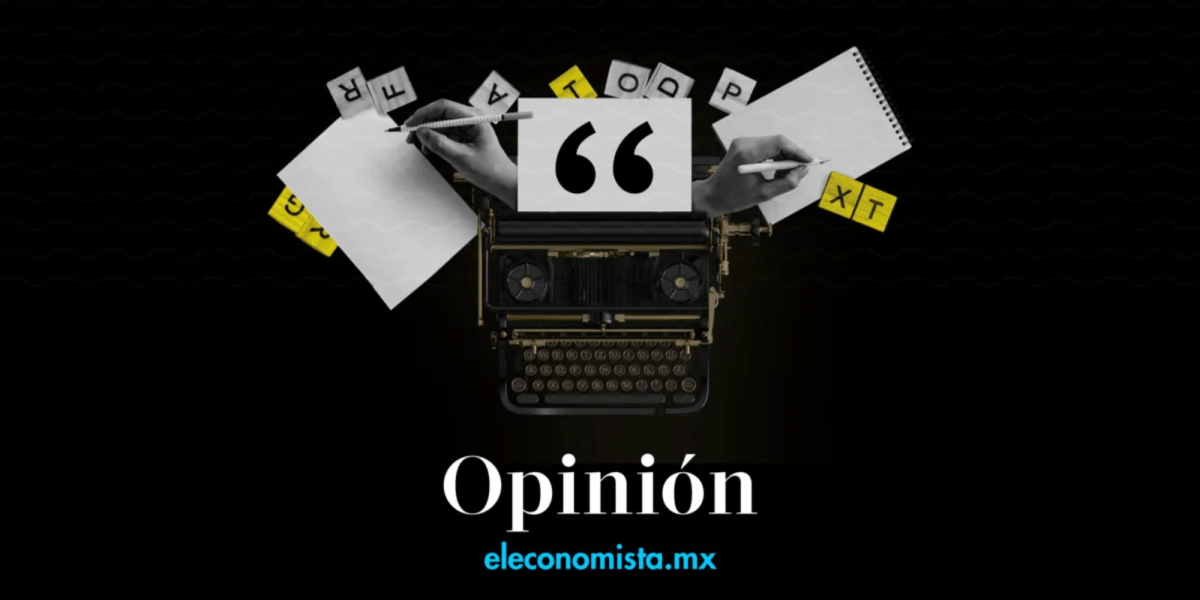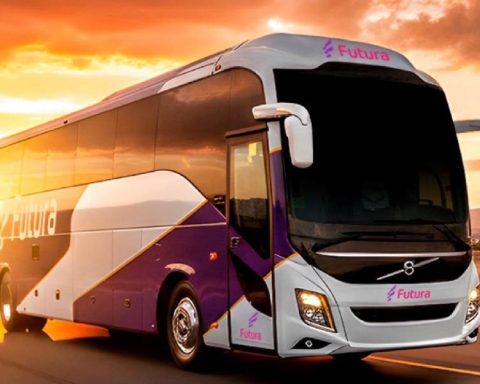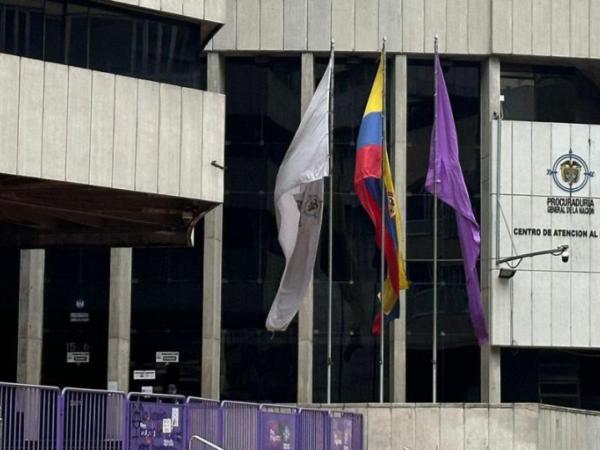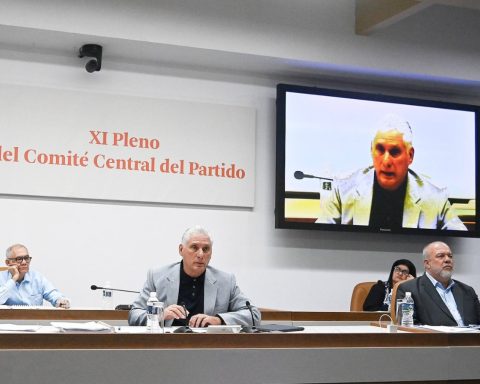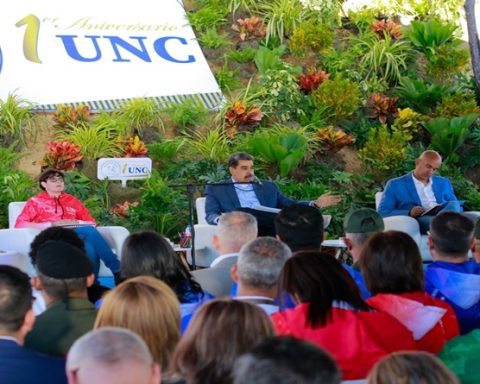Some time ago, university professor Andrés Serra Rojas said: “While the north works, the center talks and the southeast sleeps.” Today, that consideration remains valid. In the first half of this year, while Chihuahua and Baja California Sur received foreign direct investments of 500 million dollars, Veracruz, Tabasco, Campeche and Chiapas together only received 5 million dollars. At the same time, Yucatán and Quintana Roo fared much better within the southeast, receiving 80 million and 127 million dollars, respectively.
The explanation for these differences is that the northern states of the country border the United States, the most important destination for Mexican exports. It is also the most attractive space for the relocation of international companies in the current situation due to geopolitical tensions and the disruption of supply chains. But also because the governments of these states have been characterized by promoting foreign investments.
As a result of the progress in the installation of companies in the center and north of the country, it is estimated that industrial spaces have been created on 5 million square meters. Even so, there are challenges for the development of the manufacturing industry, such as energy infrastructure, due to the lack of adequate and clean electricity supply, which is a limitation for the growth of industrial parks.
The industrial policy that is being developed requires collaboration between the government, the private sector and academic institutions to create what is known in manufacturing jargon as the triple helix.
Addressing regional economic disparity is a challenge for industrial policy. Despite evidence of states that have organized themselves to succeed, for example, Jalisco, which is a leader in the transition to clean energy or which gave the president-elect 26 infrastructure projects for Jalisco, indifference abounds in the southeastern states and they only expect resources from the Federation from federal taxes.
Very important for the development of the southeast are the emblematic works of this administration: the Mayan Train, Dos Bocas and the Interoceanic Train.
However, development opportunities could also arise if activities such as the following are carried out: 1. The reconversion of the agricultural sector, consisting of the substitution of crops, as well as a change in the use of land from agricultural to livestock and forestry activities; 2. Support for micro, small and medium-sized businesses; 3. The organization of producers without financing capacity in cooperative associations; 4. Development of the maquiladora industry; and 5. Creation of tourist attraction poles.
